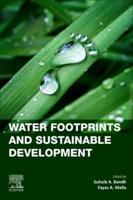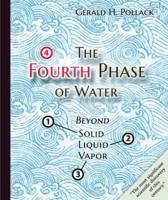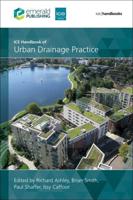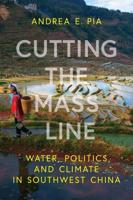Publisher's Synopsis
An edited collection that takes a deep dive into the complex interactions between nuclear energy and water. Splitting atoms is a water-intensive business. To operate efficiently and safely, a standard nuclear reactor needs around 50 cubic meters (13,000 gallons) of water per second-equivalent to the flow of a mid-sized river or large irrigation canal. In The Nuclear-Water Nexus, Per Högselius and Siegfried Evens bring together 25 authors from 12 countries to explore the resulting entanglements between society, technology, and nature. This collection of writing shows how nuclear energy's dependence on water has shaped the atomic age in decisive ways. Water has been the key factor in forging a global nuclear geography, as the water needs of nuclear facilities require them to be located near the sea, major rivers, canals, or lakes. As an unintended consequence of such locations, nuclear facilities have become vulnerable to droughts, floods, erosion, and climate change-in a much more dramatic way than most other energy installations. Unsurprisingly, the "wet" geography of nuclear energy also translates into threats to the wet environment, in the form of both radioactive contamination and thermal pollution. Water has, over the years, generated social conflicts-and cooperation-between nuclear energy and other water-intensive activities, such as agriculture, fisheries, navigation, military activities, hydropower production, drinking water supply, landscaping, leisure and tourism-and even fossil fuel extraction. This book examines these processes through a set of in-depth case studies.









